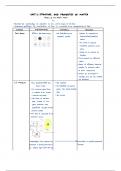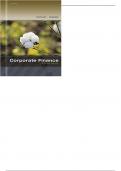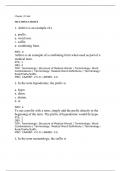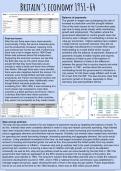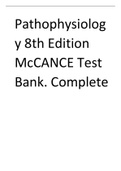Interview
Grade 12 Chemistry: Structures and Properties of Matter
- Course
- Chemistry
- Institution
- 12th Grade
Grade 12 Chemistry Notes on the Structure and Properties of Matter. Includes topics varying from the current model of the atom, light, the photoelectric electric effect, the atomic line spectra, wave particle duality, heisenberg's uncertainty principle, quantum numbers, electron configuration, hund...
[Show more]
